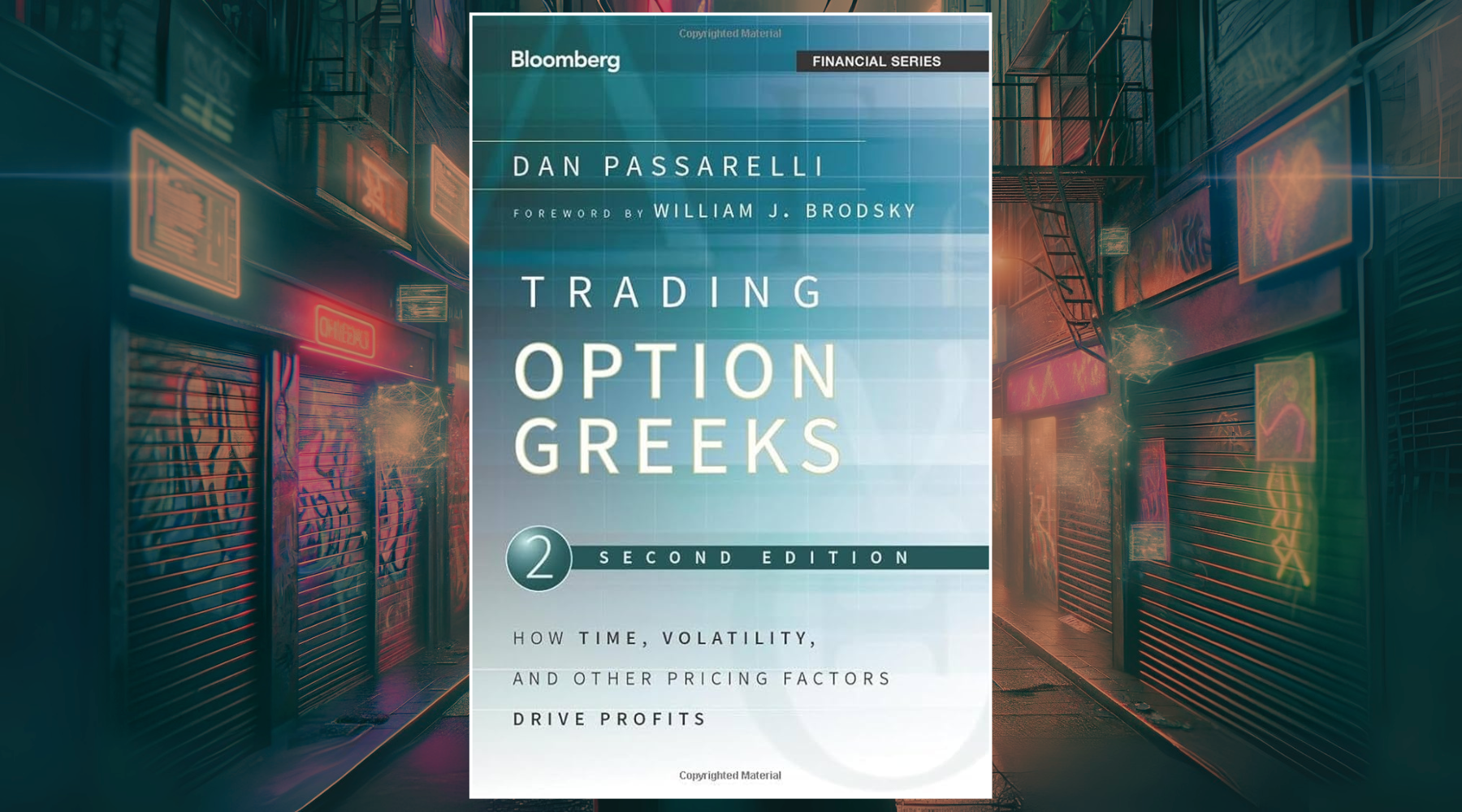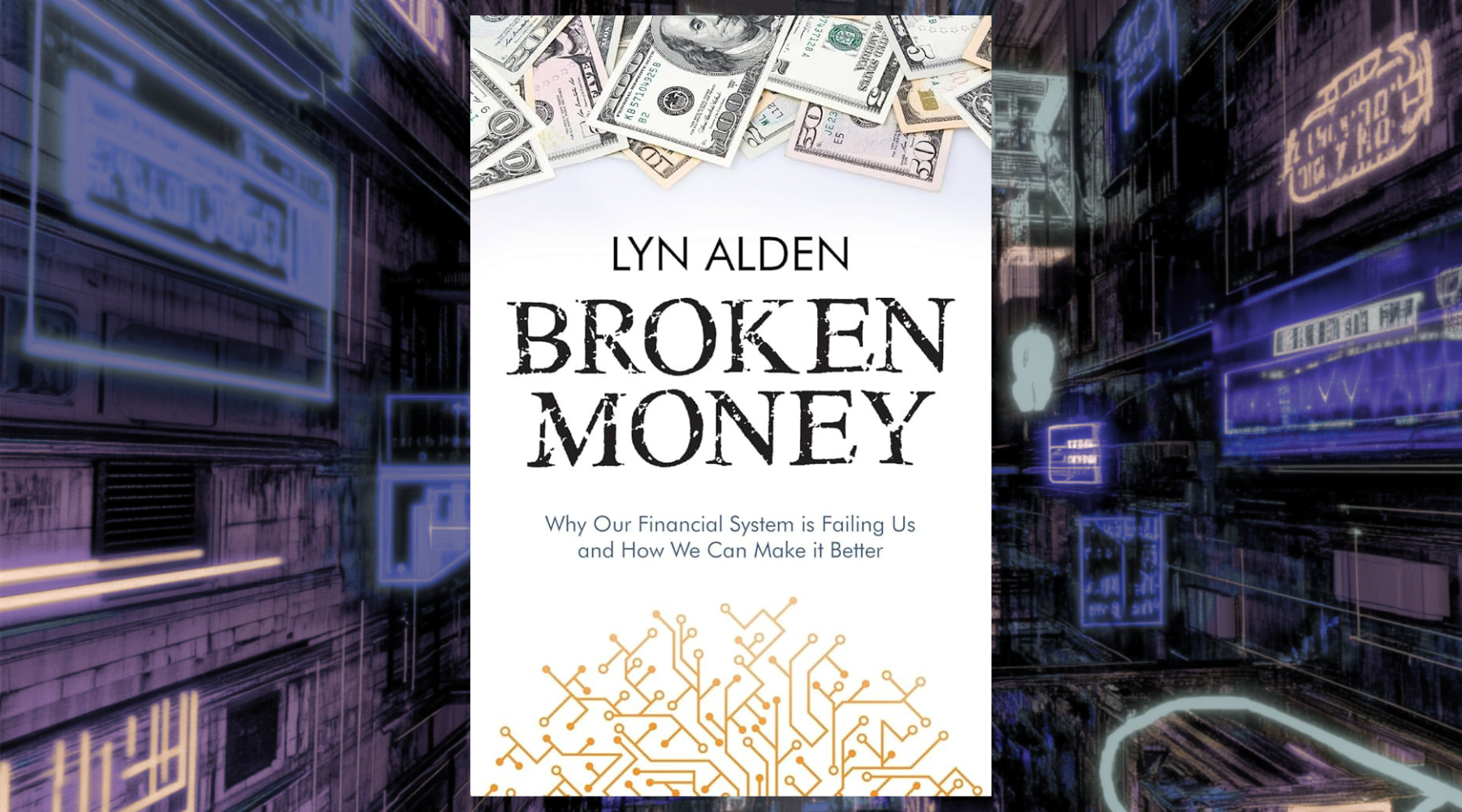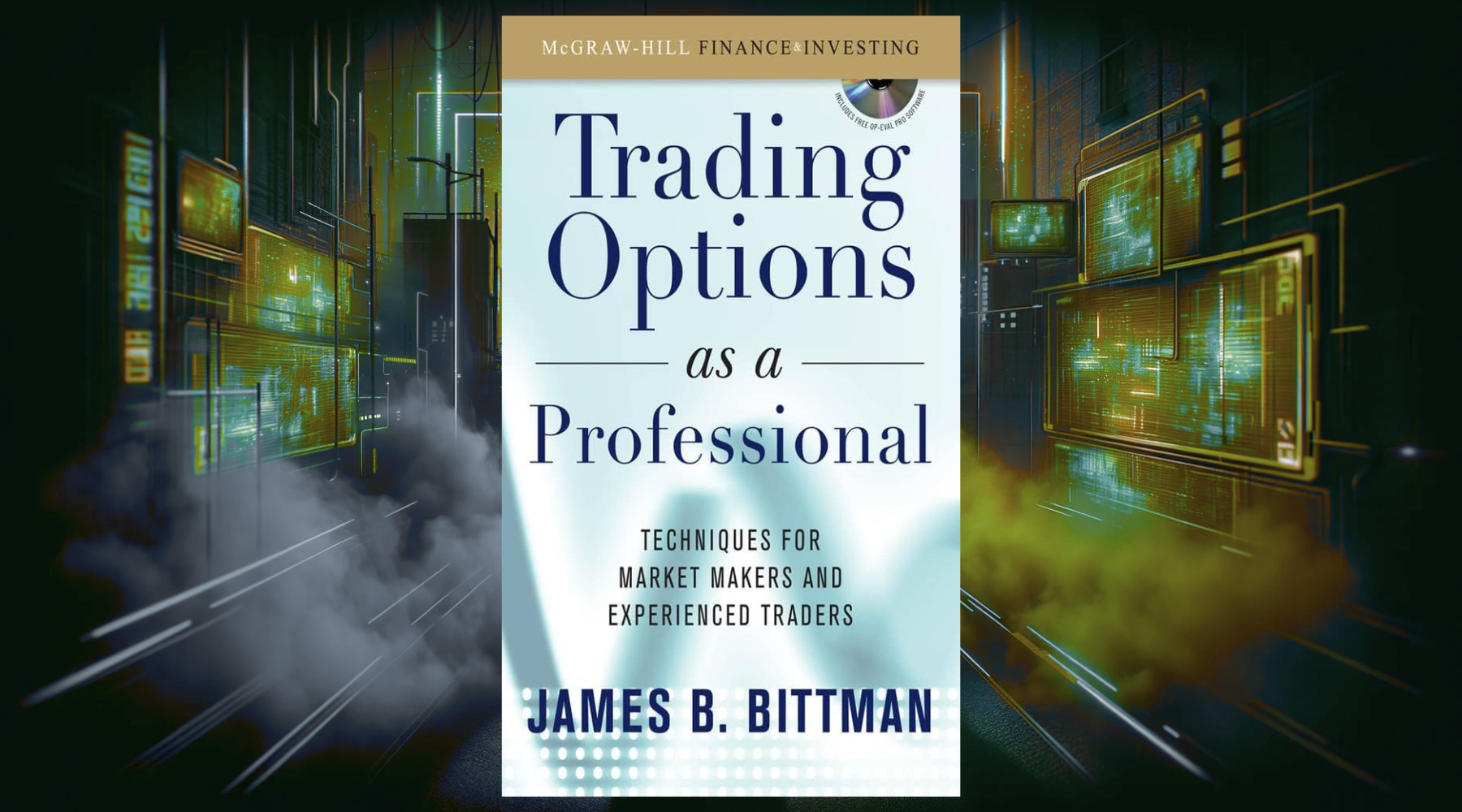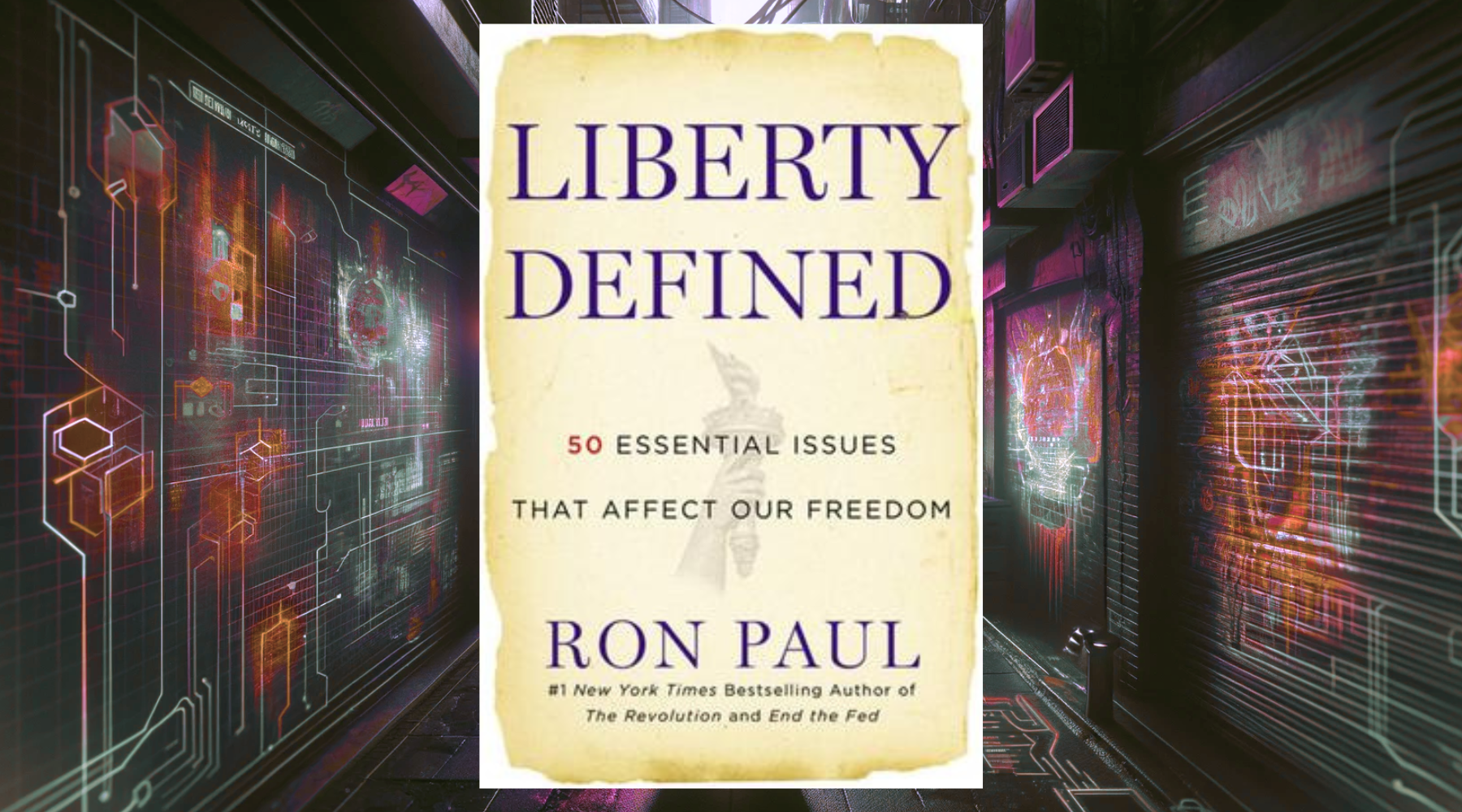Common Stocks & Uncommon Profits
By: Philip A. Fisher
Philip Fisher’s Common Stocks & Uncommon Profits is considered a cornerstone book on growth investing. Fisher is focused on finding exceptional companies with strong potential for long-term growth. He doesn’t recommend bargain hunting and trying to time stock purchases when they drop below intrinsic value.
“If the job has been correctly done when a common stock is purchased, the time to sell it is – almost never.” ~ Philip Fisher, Common Stocks & Uncommon Profits
This book starts with a discussion about these two main investing strategies:
- Timing the market to buy when prices are low and then selling when the prices are high.
- Find great companies and hold onto them for the long haul.
The second method has been more profitable and less risky.
“There is the need for patience if big profits are to be made from investment. Put another way, it is often easier to tell what will happen to the price of a stock than how much time will elapse before it happens. The other is the inherently deceptive nature of the stock market. Doing what everybody else is doing at the moment, and therefore what you have an almost irresistible urge to do, is often the wrong thing to do at all.”~ Philip Fisher, Common Stocks & Uncommon Profits
In the past, companies were often controlled by families who didn’t care much about outside investors. But now, businesses focus more on improving and staying competitive, which makes investing safer. One big change is the rise of research and development, helping companies grow and stay ahead. Today’s investors have even better opportunities if they can spot these exceptional companies early and stick with them.
“The only reason for considering a long-range investment in a company with an abnormally low profit margin is that there might be strong indications that a fundamental change is taking place within the company”~ Philip Fisher, Common Stocks & Uncommon Profits

What To Buy - Philip Fisher’s 15 Points
In explaining what common stock to buy, Fisher gives his 15 Points to look for in a common stock. The book goes into detail on each of these, but I’m just going to list the points here:
- Does the company have products or services with sufficient market potential to make possible a sizable increase in sales for at least several years?
- Does the management have a determination to continue to develop products or processes that will still further increase total sales potentials when the growth potentials of currently attractive product lines have largely been exploited?
- How effective are the company’s research and development efforts in relation to its size?
- Does the company have an above-average sales organization?
- Does the company have a worthwhile profit margin?
- What is the company doing to maintain or improve profit margins?
- Does the company have outstanding labor and personnel relations?
- Does the company have outstanding executive relations?
- Does the company have depth to its management?
- How good are the company’s cost analysis and accounting controls?
- Are there other aspects of the business, somewhat peculiar to the industry involved, which will give the investor important clues as to how outstanding the company may be in relation to its competition?
- Does the company have a short-range or long-range outlook in regard to profits?
- In the foreseeable future will the growth of the company require sufficient equity financing so that the larger number of shares then outstanding will largely cancel the existing stockholder’ benefit from this anticipated growth?
- Does the management talk freely to investors about its affairs when things are going well but “clam up” when troubles and disappointments occur?
- Does the company have a management of unquestionable integrity?
“This book has attempted to show what these basic principles are, what type of stock to buy, when to buy it, and most particularly, never to sell it – as long as the company behind the common stock maintains the characteristics of an unusually successful enterprise.”~ Philip Fisher, Common Stocks & Uncommon Profits
Common Stocks and Uncommon Profits
Philip Fisher's timeless guide to growth investing that profoundly influenced Warren Buffett. Learn the famous "scuttlebutt" method for researching companies, discover the 15 points to look for in superior stocks, and master the art of finding exceptional businesses for long-term wealth building.
View on AmazonWhen To Sell
Fisher has a smaller chapter about selling stocks. He explains that if you bought into a company because of these 15 points, but the company fails to keep up with some of the points, they should be considered for a sell.
This following paragraph is a powerful message about not selling, and is common issue among traders and investors:
“There is a complicating factor that makes the handling of investment mistakes more difficult. This is the ego in each of us. None of us likes to admit to himself that he has been wrong. If we have made a mistake in buying a stock but can sell the stock at a small profit, we have somehow lost any sense of having been foolish. On the other hand, if we sell at a small loss we are quite unhappy about the whole matter.
This reaction, while completely natural and normal, is probably one of the most dangerous in which we can indulge ourselves in the entire investment process. More money has probably been lost by investors holding a stock they really did not want until they could "at least come out even" than from any other single reason. If these actual losses are added to the profits that might have been made through the proper reinvestment of these funds if such reinvestment had been made when the mistake was first realized, the cost of self-indulgence becomes truly tremendous.”~ Philip Fisher, Common Stocks & Uncommon Profits

My Thoughts on Common Stocks & Uncommon Profits
Some of this information seems to be excessive for a common investor, which makes this book not a “beginner’s guide to investing”. This book would have so much more value if you were a hedge fund or managing larger amounts of money. I understand why this book had an impact on Warren Buffett. Buffett has the ability to go meet with company management and look more deeply into companies before investing.
Warren Buffett, known for blending value and growth, acknowledges Fisher's influence. I highly recommend reading The Snowball, which follows Warren Buffet’s personal and investing life.
If you enjoyed this book summary, I think you should check out my book summary on How To Make Money In Stocks, by William O'Neil. It’s a personal favorite of mine. How to Make Money In Stocks shows why and when to buy common stocks. O’Neil shares his highly successful strategy and digs into what exactly he is looking for. This is much better for personal investors.










Leave a comment
This site is protected by hCaptcha and the hCaptcha Privacy Policy and Terms of Service apply.